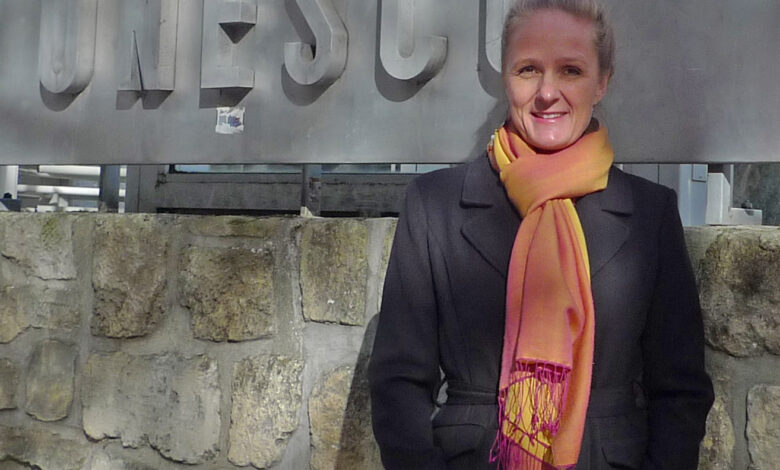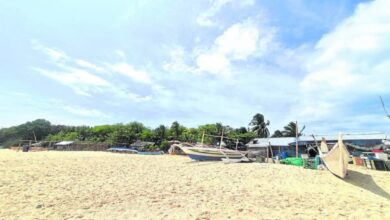UNESCO Chair: Sustainable heritage and environmental management

Background for the UNESCO Chair at UiB
The University of Bergen was awarded a UNESCO Chair entitled Sustainable Heritage and Environmental Management – Nature and Culture, in 2015. The UNESCO Chair is part of UNESCO’s international network UNITWIN included in the UNESCO/UNITWIN Chairs programme, which includes close to 800 Chairs at 700 institutions in 116 countries, covering universities across the world and a wide range of topics.
Through this network, higher education and research institutions all over the globe pool their resources, both human and material, to address pressing challenges and contribute to the development of their societies. In areas lacking expertise, chairs and networks also contribute to strengthening North-South-South cooperation.
The application to the UNESCO Commission for our UNESCO Chair was prepared based on the experiences of several major interdisciplinary projects carried out at UiB and the preparatory work on the first UNESCO Biosphere Area in Norway – Nordhordland UNESCO Biosphere. The application was designed with inspiration from Laval University in Quebec, Canada, which has had a UNESCO Chair for a number of years, and the framework of the Chair was presented at the International UNESCO Conference held in Bergen in 2014. In Norway, we received our very first UNESCO Chair for Education on Sustainable Lifestyles, held by Victoria Thoresen, at the Inland Norway University of Applied Sciences in 2014.
UNESCO’s Man and the Biosphere programme (MAB) is central to the work of the UNESCO Chair at UiB. The mission of the MAB programme is to help the Member States achieve the sustainable development goals (Agenda 2030) by actively using the biosphere areas as ‘Science for Sustainability Support Sites‘ – biosphere areas being model areas for sustainable development. Norway was appointed its very first biosphere area on June 19th 2019 – Nordhordland UNESCO Biosphere.


